How to Throw a Knuckleball
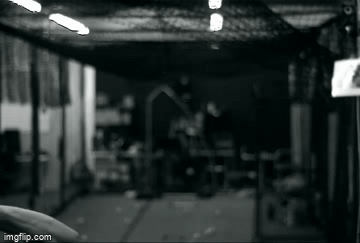
Welcome to Part 7, a special addition to the “How to Throw” blog series!
The knuckleball is a fan favorite and a rare pitch that few have been able to master. With insights from our in-house knuckleballer, John Soteropulos, we’ll dissect how a knuckleball moves and show you what it takes to develop one for yourself.
 John Soteropulos’ Knuckleball
John Soteropulos’ Knuckleball
Overview of a Knuckleball
A knuckleball is a pitch thrown with little to no spin that can move unpredictably. Due to its low spin rate and what researchers call an aerodynamic phenomenon of “unsteady lift forces”—likely created by the seams—the ball will “dance” or “zig-zag” as it travels towards the plate.
Typically, this pitch is thrown with a similar release point to a fastball, albeit with less extension. A knuckleball will also have a significantly different movement profile than any other pitch in your arsenal, and you may find it close to 10-20 mph slower than a heater, with varying movement profiles. The unpredictability of this pitch confuses hitters and throws them off balance, leading to a high degree of soft-contact or whiffs.
How to Grip a Knuckleball
The knuckleball grip is unique because it is by far the most individual. This distinctive nature has produced a diverse array of grips.
At Driveline, we’re fortunate to have someone on our staff with some experience. John Soteropulos, a hitting trainer here at Driveline, has been throwing this pitch for the last few years.
Here’s what John had to say about his grip and how he’s been successful in learning it:
“First, start by digging the baseball into your palm as deep as it will go. If you grip the ball out in your fingers and away from the palm, you will impart unwanted spin onto the baseball. Next, dig your nails into the leather. I keep my nails short, but most knuckleballers actually prefer longer nails.
After the grip and nails are in place, the ring finger and thumb act as auxiliary stabilizers, while the pinky is completely off of the baseball.
A consensus amongst knuckleballers is that the best way to settle on a grip is through rigorous trial-and-error (frustrating: yes…necessary: very much so). To offer some personal insight, after six months of throwing bad knuckleballs using the exact Wakefield grip, I finally discovered that sliding my hand further down, towards the 2-seam, dramatically increased my consistency.”
At the end of this blog, we’ll offer additional grips to provide you with more options.
Throwing a Knuckleball
A knuckleball is thrown with normal arm action, but the wrist remains stiff until the baseball has completely left the hand. When thrown well with little to no spin, the ball feels like it slips out of your palm. You do not push a knuckleball with the fingers. Instead, you will feel like it “shoots” out as the ball leaves your fingertips. Lastly, as far as location goes, aim for the top-middle of the strike zone and hope for the best.
Here are some cues that may help you learn the pitch:
- Keep a stiff wrist during the throwing motion
- Try to keep the logo of the baseball facing the catcher the entire time
- Let the ball slip out of your palm, almost as if it were covered in olive oil
- Throw it hard and trust your grip
- When you feel the ball “tick” off of your fingertips, you have probably thrown a good knuckleball
Analyzing Knuckleball Movement
If you’re practicing on a Rapsodo device, the most important metric to monitor will be spin rate. We want to aim as close to 0 and 100 RPMs as possible. This means that throughout a ball’s flight, it should rotate at most 1.5-2 times. Anything above that and you might be limiting the pitch’s ability to move erratically, as a great knuckleball would.
Most knuckleballs will land close to the center of the horizontal and vertical break plot. This means the pitch has very little spin-induced movement, thus creating the opportunity for a plus knuckler.
Summary
The knuckleball can be a fun and exciting pitch to learn. While it sparks the interest of many players and fans, there is a reason why so few major-leaguers have been able to master it. This pitch is extremely difficult to learn and develop. It can take years of practice before being able to throw and command it within a game consistently. We hope you can use this as a guide to developing yourself as the next big-league knuckleball great!
Additional Kunckleball Grips
The Tim Wakefield
The Phil Niekro
The Roger Wolfe
The Jim Bouton
Here are some additional “How to Throw” links to check out!
How to Throw a Four-Seam Fastball
How to Throw a Sinker/Two-Seam Fastball
By Mike Tampellini and John Soteropulos
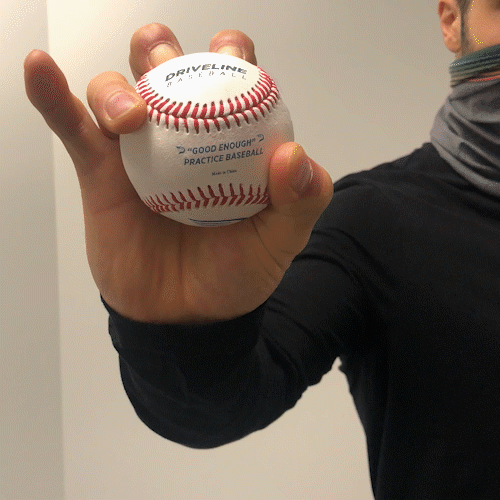
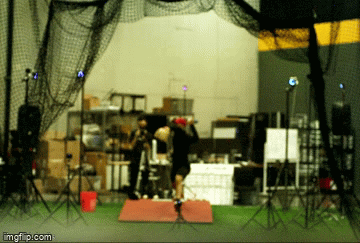
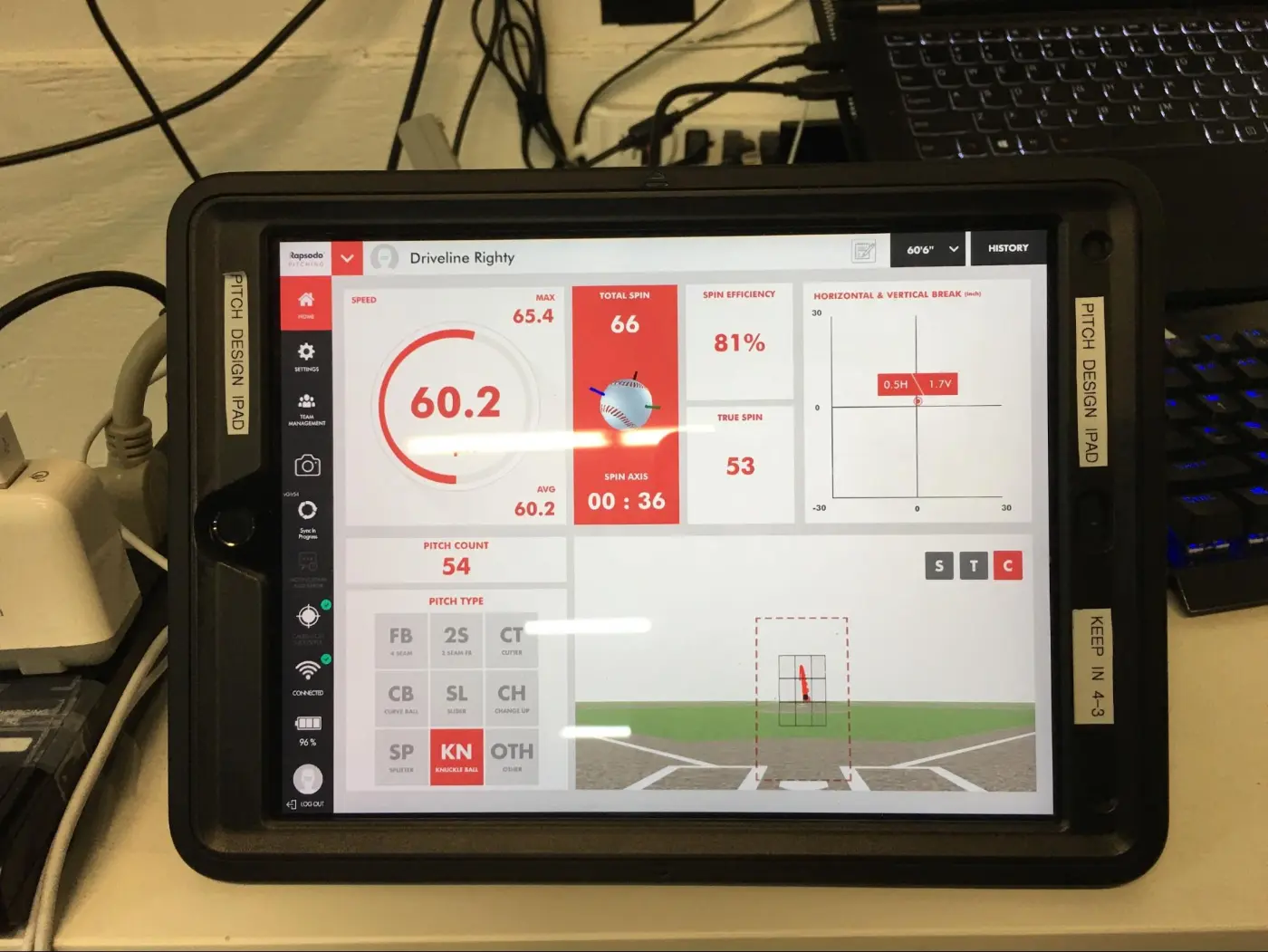
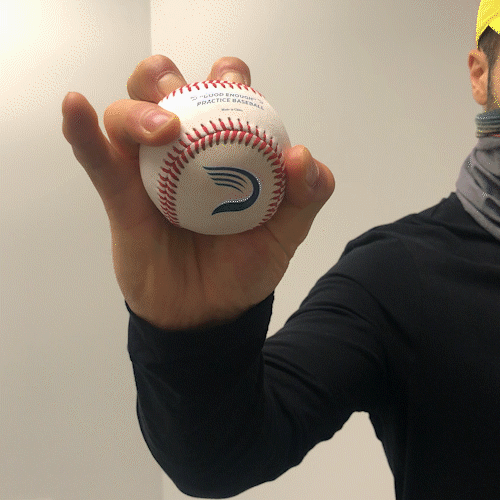
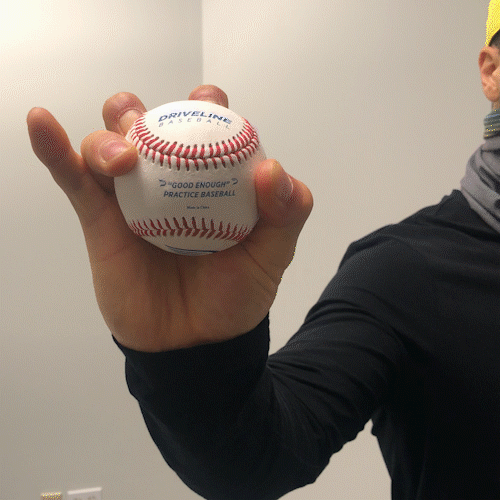
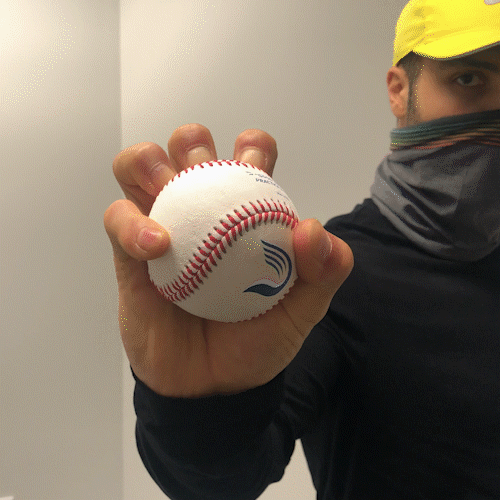
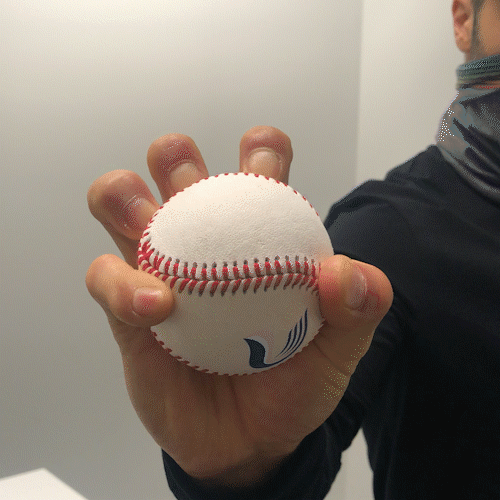
Comment section